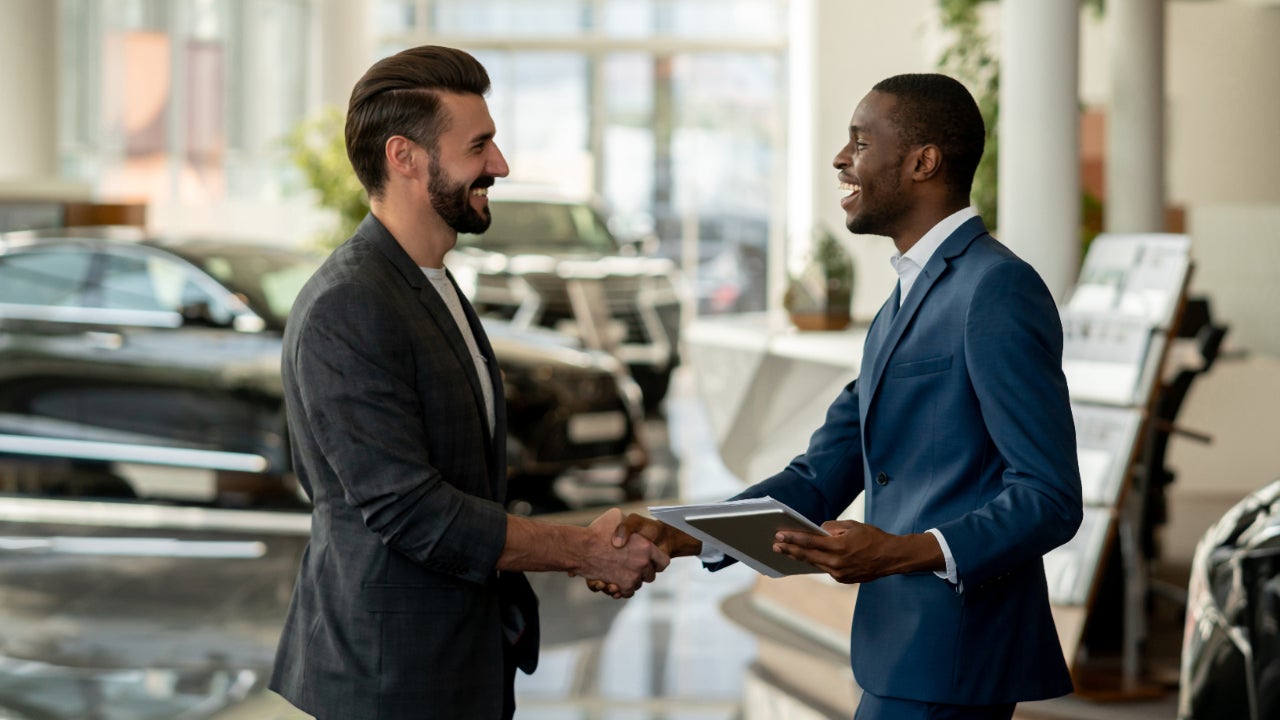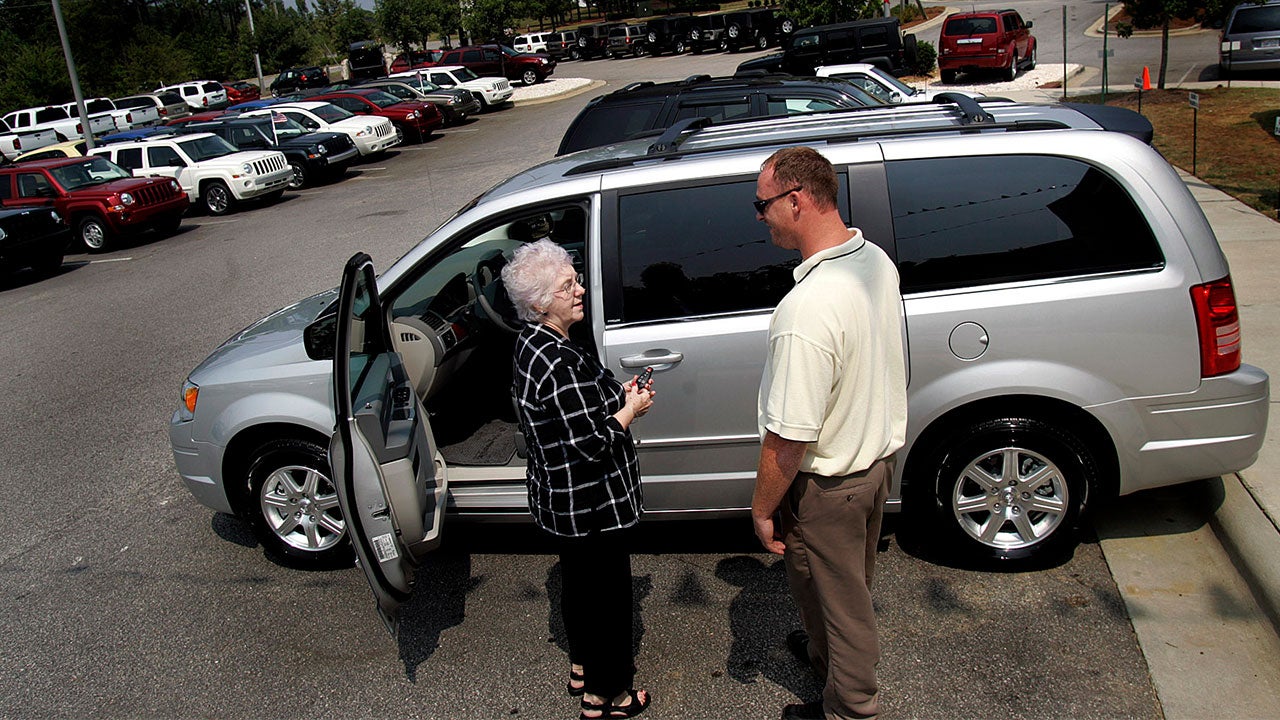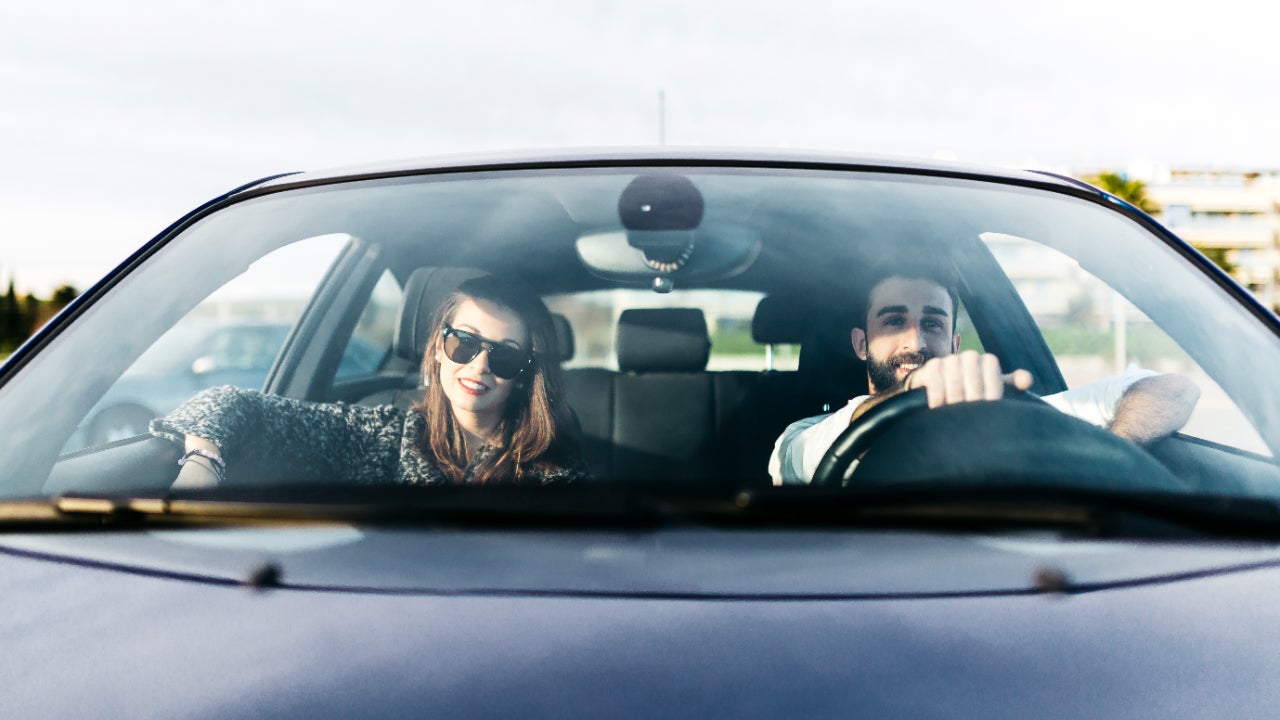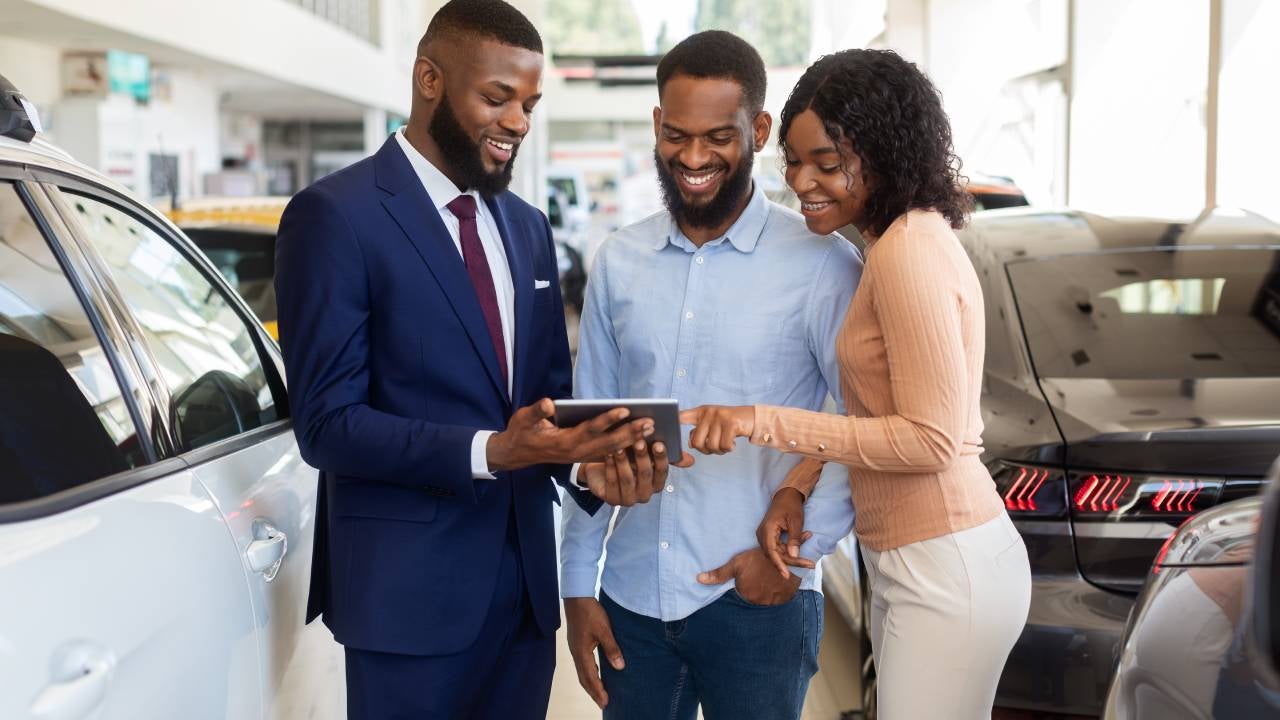Lease buyout: When and how to buy out your car lease
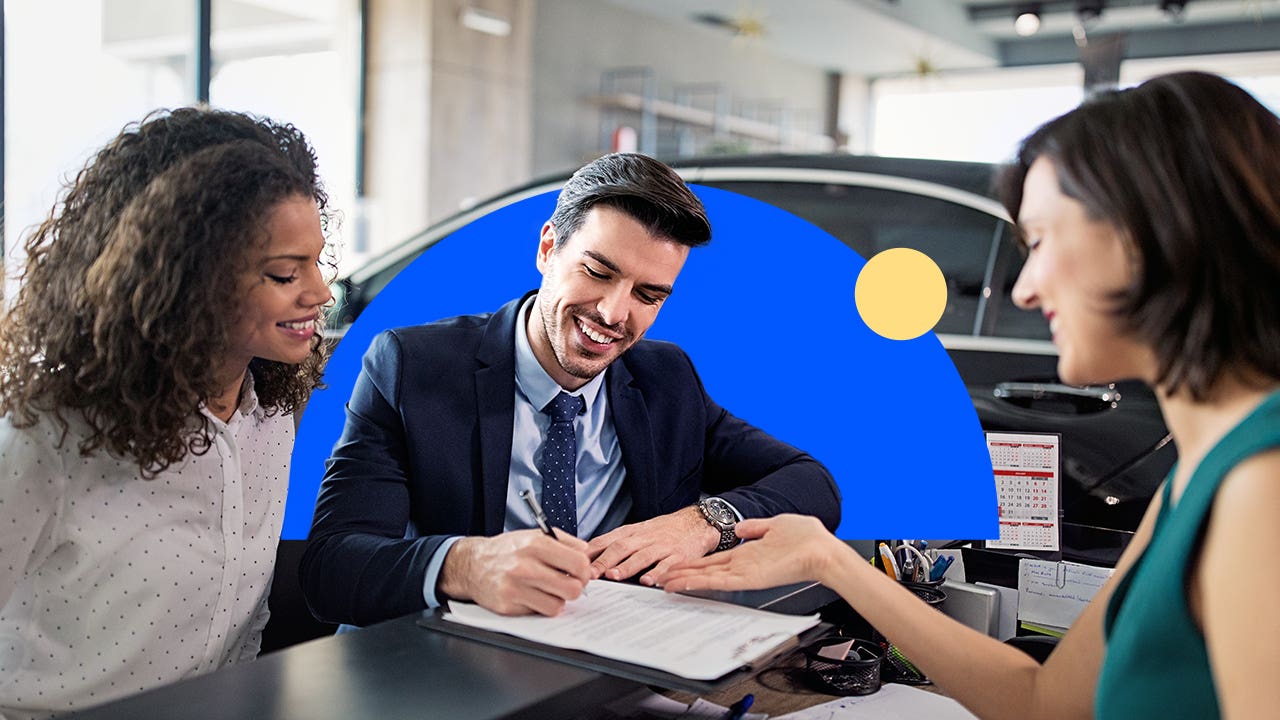
Key takeaways
- Leasing a car before buying allows you to test the car before committing to a loan — and potentially save on monthly payments.
- Before buying a leased car, assess its condition and future resale value.
- In some cases, it may be cheaper to buy a car outright rather than leasing and then purchasing it.
Many drivers choose to lease a car to reduce the monthly cost of a car payment or to afford a more luxurious option. If you’re nearing the end of your lease and love the car you’ve been driving, consider a lease buyout.
Before you jump in, determine if a lease buyout is the right financial move. The purchase price, lease-end fees and higher auto loan rates should all factor into your final decision between buying out your lease, leasing a new vehicle or simply switching to a traditional auto loan.
When should you lease before buying?
A lease buyout is a good idea if you are ready to drive a vehicle long-term rather than going ahead with a new lease. If you want lower initial payments before committing to a car loan, leasing with the intent of purchasing could work.
To decide between a lease buyout or a new lease, add the total cost of leasing a car, including upfront fees, to the car’s projected residual value at the end of the lease. Then compare that amount to the car’s sale price, plus all fees and money factor over the life of the car loan.
To keep the math simple, you can also use a leasing versus buying calculator to determine the difference in price.
Sometimes, leasing and then buying is more expensive than buying outright. This is especially true if you need to pay for excess mileage or the residual value at the end of the lease is much higher than anticipated.
The money factor for a leased car is the way your monthly fee is calculated. It depends on a number of factors, including your credit score and current market conditions. If you can get a good money factor on your lease and the residual value is lower than expected, leasing could let you avoid getting locked into a car until you know it fits your lifestyle.
Key considerations before leasing to buy
Ahead of choosing the make and model of your potential lease, weigh your typical driving habits against potential lease fees.
How long do you want to drive the car?
Decide how long you intend to hold onto the vehicle. If you hope to buy or lease the newest model in less than two years, it doesn’t make sense to lease and then purchase the vehicle. There is no way to know if your car’s residual value will increase or decrease over the lease term. But if it decreases and you decide to keep the car for a short period, you’ll likely owe more than the car is worth, and the money will have to come out of pocket to swap it out.
How many miles do you typically drive a year?
Leases come with annual mileage limits, typically between 10,000 to 15,000 miles. If you exceed the limit set by your lease agreement, purchasing your vehicle after the lease might save you from excess mileage fees. But be sure that those fees outweigh the price you’ll pay to purchase the vehicle.
Will you truly save money?
You should start by comparing a new monthly vehicle payment to a lease payment. Then factor in:
- The purchase price.
- The security deposit.
- The acquisition fee.
- Any documentation fees.
If you will pay more while leasing to buy, it might be smarter to buy the vehicle outright rather than leasing it first.
How to buy out a car lease
Be wary of buying out your lease if you have fallen in love with your set of wheels. First, consider the expected cost and the vehicle’s condition.
1. Weigh financing options
Get at least three different auto loan rate quotes for a car purchase or a lease before signing off. The more offers you have in front of you, the better your chance of receiving a good deal.
It can also help you determine whether leasing a different vehicle or buying the car you’ve been driving will be more affordable over time.
Shopping for a lease buyout loan should be approached with the same care as securing a traditional loan. Many lenders, such as Bankrate award winners Bank of America and LightStream, offer these types of loans rates similar to their new or used loan options.
2. Assess the car’s condition
Consider getting the vehicle inspected before deciding to go through with a buyout. Depending on how long you have had the lease, you may be under the factory warranty.
You shouldn’t purchase the vehicle if it is in poor condition. But be prepared to cover excessive wear and tear with fees charged by the dealer.
3. Negotiate the price
Often, companies have a no-negotiation rule for the purchase price of a lease buyout, leaving little opportunity for haggling. Still, it can’t hurt to raise the subject. Ask the seller to consider a few concessions, like:
- Waiving the purchase-option fee.
- Offering purchase incentives.
- Discounted financing.
Experts point to the purchase-option fee as a sticking point many sellers are willing to take off the table.
Bottom line
Before deciding to lease and then buy your next car, weigh the costs. Only go ahead if you are getting a great deal on both the lease and the payoff amount. If it would be cheaper to buy your car upfront, or if you think you’ll want the car for a long time, skip leasing and just buy a car directly instead.




